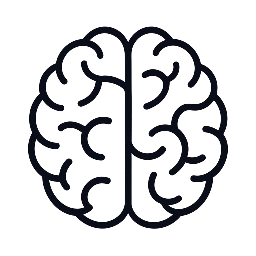
Online vs In-Person Therapy for PTSD
Post-Traumatic Stress Disorder (PTSD) is a mental health condition triggered by experiencing or witnessing a traumatic event. Treatment is crucial for managing symptoms, and therapy is a primary approach. With advances in technology, individuals now have the option to choose between online and in-person therapy. Both methods have unique advantages and considerations, especially for those coping with PTSD.
In-Person Therapy for PTSD
In-person therapy involves face-to-face sessions with a licensed therapist in a clinical setting. This traditional approach allows for a direct, personal connection, which can be vital for trauma work.
Advantages:
- Personal Connection: Physical presence can help build trust and provide a safe environment.
- Non-Verbal Cues: Therapists can easily observe body language and subtle emotional responses.
- Structured Environment: The clinical setting may enhance focus and minimise distractions.
Considerations:
- Accessibility: Requires travel, which may be challenging for some individuals.
- Scheduling: Fixed appointment times may be less flexible.
- Stigma: Some may feel uncomfortable attending therapy in person due to privacy concerns.
Online Therapy for PTSD
Online therapy, or teletherapy, utilises video calls, phone sessions, or messaging platforms to connect clients with therapists remotely.
Advantages:
- Convenience: Accessible from home, reducing travel and time barriers.
- Flexibility: Easier to schedule sessions around personal commitments.
- Comfort: Being in a familiar environment may help some clients open up more.
- Anonymity: Can reduce stigma and increase willingness to seek help.
Considerations:
- Technical Issues: Requires reliable internet and familiarity with digital tools.
- Privacy Concerns: Ensuring a confidential space at home can be challenging.
- Limited Observation: Therapists may miss subtle non-verbal cues.
- Emergency Response: Immediate help is harder to provide in crises.
Effectiveness
Research indicates that both online and in-person therapies can be effective for treating PTSD. Cognitive Behavioural Therapy (CBT), Eye Movement Desensitisation and Reprocessing (EMDR), and other trauma-focused therapies have been successfully adapted for online formats. The choice often depends on individual preferences, comfort levels, and resource access.
Choosing the Right Option
When deciding between online and in-person therapy for PTSD, consider the following:
- Severity of Symptoms: Severe cases may benefit from in-person care.
- Comfort with Technology: Comfort using digital platforms is essential for online therapy.
- Privacy and Environment: Ensure a safe and private space for sessions.
- Availability of Therapists: Some specialised trauma therapists may only offer one format.
- Personal Preference: Trust your instincts about what feels most supportive.
Conclusion
Both online and in-person therapy offer valuable paths to healing for individuals with PTSD. Advances in teletherapy have expanded access and flexibility, but the traditional in-person approach remains vital for many. Consulting with a mental health professional can help determine the best fit for your needs, ensuring effective and compassionate care on your journey to recovery.

Leave a Reply